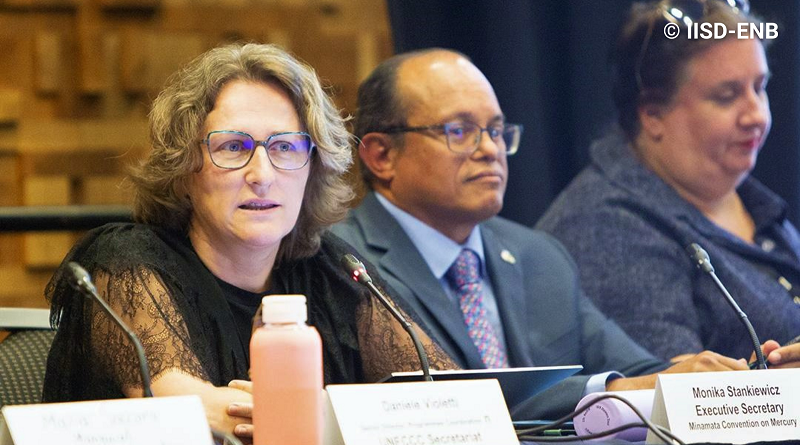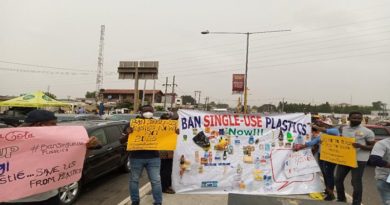GEF Assembly: Minamata Convention chief advocates enhanced cooperation at MEA Dialogue
During the Seventh Global Environment Facility (GEF) Assembly, held in Vancouver, Canada from 22 to 25 August, Monika Stankiewicz, Executive Secretary of the Minamata Convention, participated in the first of several engagements by joining the Multilateral Environmental Agreement (MEA) Dialogue. This event brought together Executive Secretaries and senior officials from several MEAs, which rely on the GEF as a financial mechanism.
As the world faces increasing pressures on planetary boundaries, the international environmental financing infrastructure is evolving to meet with growing needs of Parties. The MEAs themselves are progressing, driven by advancements in knowledge and data.
During her participation, the Executive Secretary of the Minamata Convention addressed several crucial issues that will be tackled by the Parties at the upcoming fifth meeting of the Conference of the Parties (COP-5) in Switzerland, Geneva from 30 October to 3 November 2023. These topics include the further development of obligations on phasing out mercury-added products and processes, the effectiveness evaluation of the Convention, and the review of the financial mechanism, which will grant the Parties an important voice in GEF programming and in the discussions pertaining the GEF-9 replenishment.
Monika Stankiewicz emphasized, “The Minamata Convention just turned six years old last week, and even at this young age we are already evolving to meet the changing needs of our Parties and the global imperative to reduce pollution risks to human health and the environment.”
In their discussion, the Executive Secretaries and senior officials underscored the need to strengthen and act upon the linkages between conventions while operationalizing the commitments made by Parties within their respective conventions. Monika Stankiewicz pointed out that addressing mercury risks to human health and the environment “has always been recognized as best achieved by working through the range of GEF focal areas. This recognition dates back about 20 years when pioneering work conducted in the International Waters area shone a light on the devastatingly widespread use of mercury in artisanal gold mining.”
Continuing the discussion on maximizing benefits of environmental finance, Monika Stankiewicz joined the Executive Secretary of the Basel, Rotterdam and Stockholm (BRS) Conventions in hosting a side event focused on harnessing synergies within and across GEF focal areas. Opening the event, Stankiewicz noted “Policies do not play out in a vacuum. They play out in our economies, in the way local communities govern, and in the choices people are able to make every day.”
Two separate panels delved into what has proven effective and what challenges remain in driving environmental finance to break down silos and maximize benefits. As Stankiewicz noted, “It is so important that we take this discussion forward, to figure out how to best harness synergies by optimizing for climate change, biodiversity and chemicals and waste management in every effort we undertake to protect both people and the planet. The imperative is great, and it is now. We simply do not have the luxury to wait before we start optimizing projects and maximizing their benefits. We cannot afford to work in silos, or to have projects that reinforce silos at the national level.”




